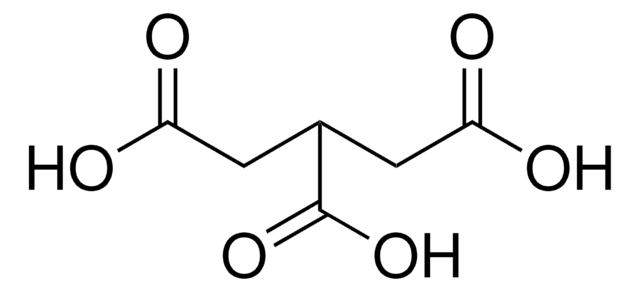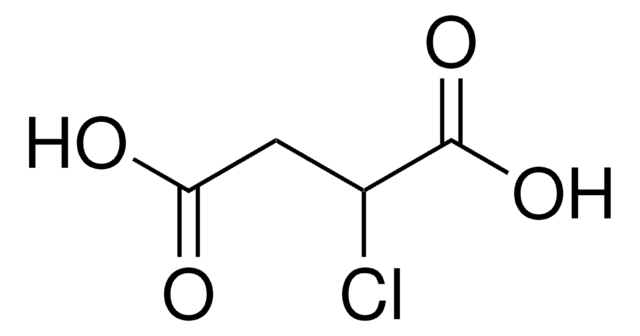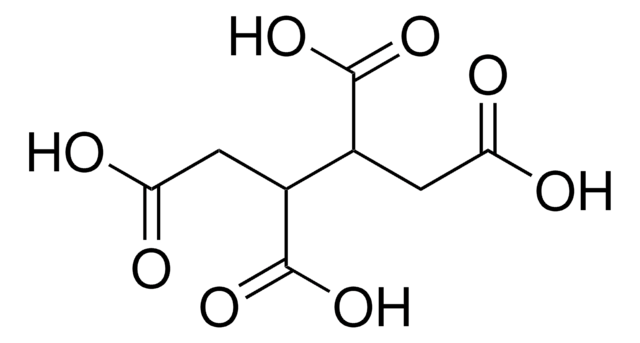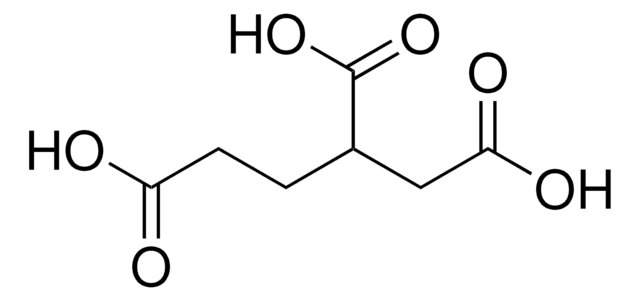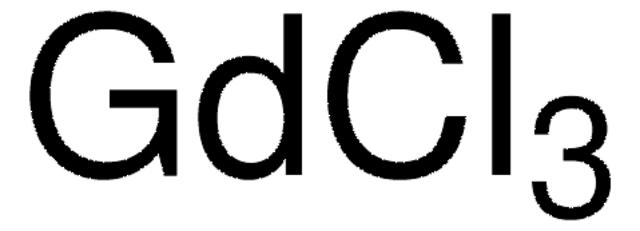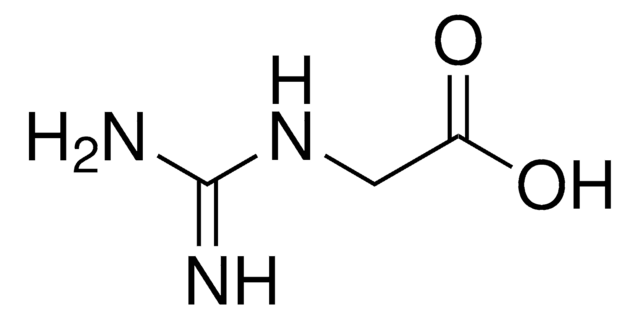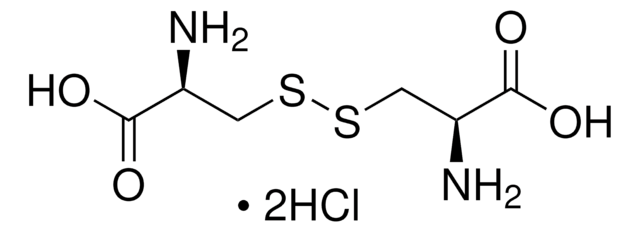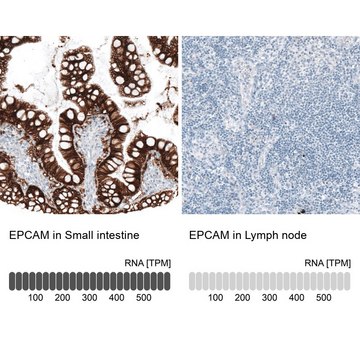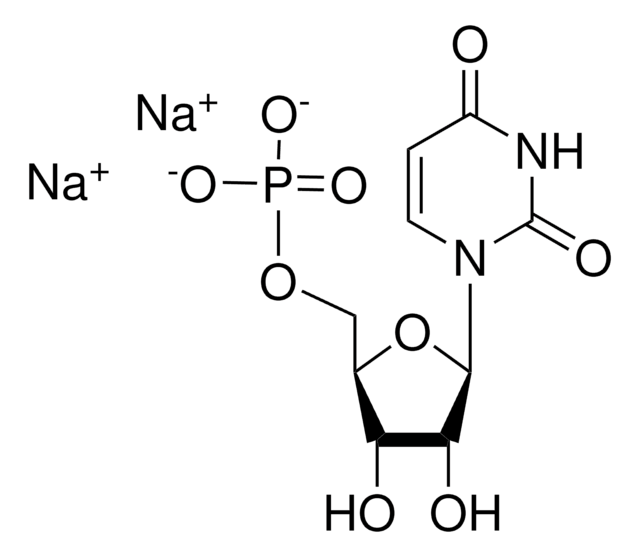W508306
Tricarballylic acid
≥99%
Synonym(s):
1,2,3-Propanetricarboxylic acid
Sign Into View Organizational & Contract Pricing
All Photos(1)
About This Item
Linear Formula:
(HO2CCH2)2CHCO2H
CAS Number:
Molecular Weight:
176.12
Beilstein:
1783567
EC Number:
MDL number:
UNSPSC Code:
12164502
PubChem Substance ID:
Recommended Products
Assay
≥99%
mp
156-161 °C (lit.)
SMILES string
OC(=O)CC(CC(O)=O)C(O)=O
InChI
1S/C6H8O6/c7-4(8)1-3(6(11)12)2-5(9)10/h3H,1-2H2,(H,7,8)(H,9,10)(H,11,12)
InChI key
KQTIIICEAUMSDG-UHFFFAOYSA-N
Looking for similar products? Visit Product Comparison Guide
Storage Class Code
11 - Combustible Solids
WGK
WGK 3
Flash Point(F)
Not applicable
Flash Point(C)
Not applicable
Personal Protective Equipment
dust mask type N95 (US), Eyeshields, Gloves
Regulatory Information
新产品
Choose from one of the most recent versions:
Certificates of Analysis (COA)
Lot/Batch Number
Don't see the Right Version?
If you require a particular version, you can look up a specific certificate by the Lot or Batch number.
Already Own This Product?
Find documentation for the products that you have recently purchased in the Document Library.
J Krämer et al.
Journal of bacteriology, 189(11), 4290-4298 (2007-04-10)
The histidine protein kinase DcuS of Escherichia coli senses C(4)-dicarboxylates and citrate by a periplasmic domain. The closely related sensor kinase CitA binds citrate, but no C(4)-dicarboxylates, by a homologous periplasmic domain. CitA is known to bind the three carboxylate
Luciana Naso et al.
Journal of inorganic biochemistry, 103(2), 219-226 (2008-11-26)
The coordination behavior of copper(II) with tricarballylic acid (H(3)TCA) and imidazole (Imz) is described. Speciation in aqueous solution has been determined at 25 degrees C and 0.15M NaCl ionic strength by potentiometric measurements and EPR characterization of the species. Two
P C Hallson et al.
Urologia internationalis, 57(1), 43-47 (1996-01-01)
The ability of three compounds, all similar in chemical structure to citric acid, to decrease calcium crystalluria has been measured. The measurements were made in normal human urine at 37 degrees C and compared with the crystal-decreasing power of citric
Jeffrey A Lewis et al.
Journal of bacteriology, 191(7), 2069-2076 (2009-01-13)
In Salmonella enterica, tricarballylate (Tcb) catabolism requires function of TcuB, a membrane-bound protein that contains [4Fe-4S] clusters and heme. TcuB transfers electrons from reduced flavin adenine dinucleotide in the Tcb dehydrogenase (TcuA) to electron acceptors in the membrane. We recently
M Hartl et al.
The Journal of organic chemistry, 66(11), 3678-3681 (2001-05-26)
The circular dichroism (CD) exciton chirality method was employed for the stereochemical assignment of the tricarballylic acid (TCA) side chains of fumonisin B(1) 1a (FB(1)). Using 2-naphthoate for chromophoric derivatization of the reduced TCA moieties, the absolute configuration was shown
Our team of scientists has experience in all areas of research including Life Science, Material Science, Chemical Synthesis, Chromatography, Analytical and many others.
Contact Technical Service